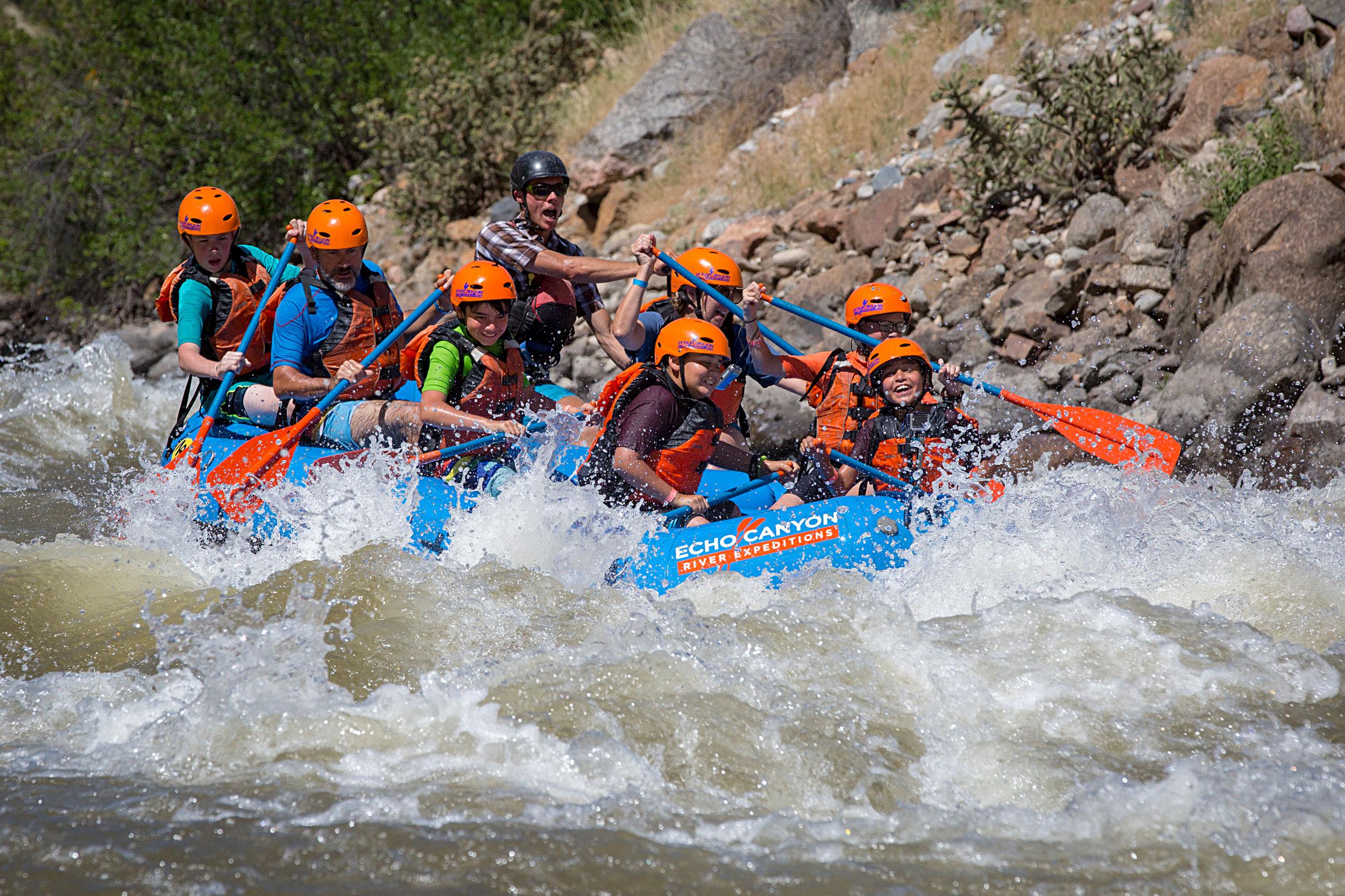
A woman paddleboarding on the Colorado River hit debris and disappeared under the water in Grand Junction. The other five people in her group made it safely to shore, but she was later found unconscious and not breathing. She was taken to the hospital but died.
That same afternoon, a few hours east near Aspen, a man fell into the Roaring Fork River at a cliff-diving spot called the Devil’s Punchbowl. A search team found his body the next day.
Both those incidents happened June 15, and with them, the state marked 16 drowning deaths on Colorado waterways since the start of the year, according to Colorado Parks and Wildlife. The state had its worst year of drownings in 2020, with 34 deaths. But at the rate this year is going, 2022 could exceed that.
Father Day’s/Juneteenth weekend typically sees more people on the water than at any point in the year, so CPW has this message for the public: Wear a life jacket.
“Nobody's immune to the dangers of potentially drowning out there on the water, especially if they don't have a PFD (personal flotation device),” said John Livingston, a CPW spokesman for the southwest region of the state.
He explained that while PFD usage has increased in the rafting community, sometimes people forget their importance while doing other activities. Someone who might always wear one boating, for example, might choose to forgo one while paddleboarding or tubing. But that’s risky, Livingston explained. Regardless of whether you’re on a river, reservoir or lake, cold water in particular “just changes the game.”
All it takes is one little thing going wrong to put your life in danger, Livingston further explained. Maybe your raft hits a rock in the river. Maybe you slip off your paddleboard. “With your limbs starting to lose some of that blood flow, that can become a dangerous situation pretty quickly,” Livingston said.
Runoff from last month’s snowstorms have only made things more dangerous in certain parts of the state, as water levels rise with snowmelt.
Livingston also stressed general safety tips, including not drinking alcohol to excess while you’re in or near the water.
“But the biggest thing’s always going to be that if you have a life jacket on, you’re going to have a much better chance than if you don’t.”
Various Colorado state parks have programs that loan life jackets to people. In Mesa County, the Save-A-Life Jacket program has several loaner kiosks along the Colorado River.








